Book of the Day Roundup: February 1-5, 2021
A Recipe for Daphne
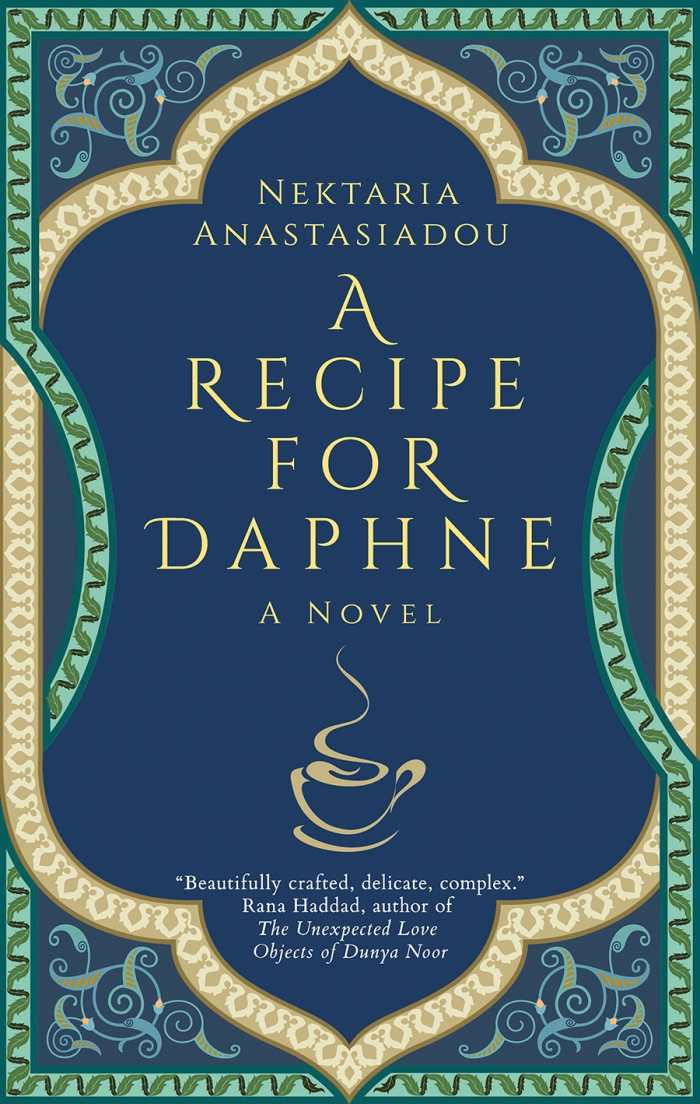
Nektaria Anastasiadou
Hoopoe Press
Softcover $16.95 (304pp)
978-977-416979-3
Buy: Local Bookstore (Bookshop), Amazon
In Nektaria Anastasiadou’s Istanbul-set romance A Recipe for Daphne, history and culture influence three people brought together by their shared identities.
At seventy-six, armed with Viagra and his irrepressible desire for love, Fanis is still a ladies’ man. He has a seat “in the tea garden like a pasha while women of all ages came to kiss his cheeks and forehead.” Kosmas, a much younger man, envies Fanis’s time-tested success with women; although Kosmas is a decorated pastry chef, he has resorted to the services of a matchmaker to make up for his lack of charm.
Both men’s heads are turned by Daphne, a beautiful American visitor. Although Daphne has a boyfriend, he’s American American, a “languageless” man who’s disconnected from his heritage. During Daphne’s five weeks in Istanbul, her Rum (Greek Orthodox Christian) roots lead her to a reconnection with her self.
Even within the guarded Rum culture, love can fold time, and this rich, satisfying romance is as much about Turkey’s Rum history as it is about the unique attraction between its main characters. Istanbul’s charming presence is felt in every scene, fleshed out with generous depictions of all who populate it, from cashiers to street cats. The city’s past and present tie together because of meaningful details that represent the significance of the choices that Daphne must make.
Told from the perspectives of Daphne, Kosmas, and Fanis, the novel is gentle as it guides the lovers toward one another through Rum traditions, churches, and superstitions. If what Daphne represents to her romantic partners sometimes seems more important than who she herself is, she finally asserts her independence, helping the text to sparkle. A Recipe for Daphne is a delightful novel about finding home in foreign places.
CLAIRE FOSTER (December 27, 2020)
The Groundhog Forever
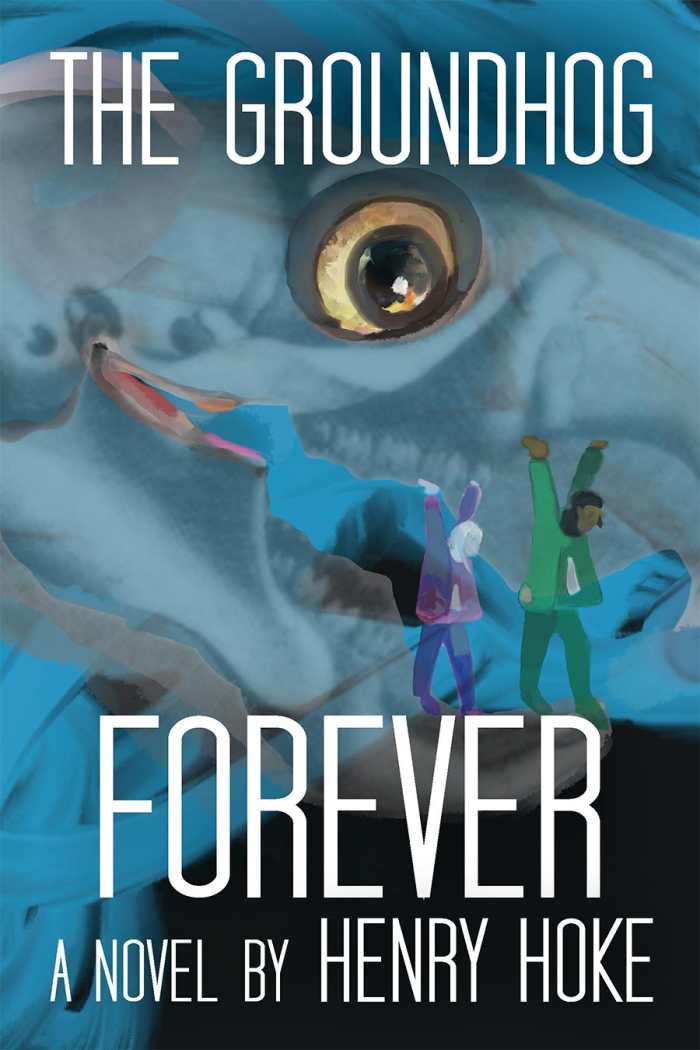
Henry Hoke
WTAW Press
Softcover $16.95 (184pp)
978-1-73298-205-5
Buy: Amazon
In Henry Hoke’s novel The Groundhog Forever, characters search for answers to questions both trivial and existential.
Two film students in early twenty-first-century Manhattan find themselves trapped in a time loop, repeating the same day over and over. It’s a scenario that echoes the film Groundhog Day; the star of that film, Bill Murray, happens to make a guest appearance at their class’s viewing of the movie, a process that repeats itself daily.
Around this framework, the students, Sam and Anna (called Thing 1 and Thing 2 because of their matching hair-swoops), spend their endless cycle of April 27ths experimenting, changing their decisions and movements each day. They follow Murray as he leaves the class; they create a plan to confront Thing 1’s ex-girlfriend. After the novelty of minor adjustments has worn off, a traumatic event prompts them to reflect on mortality and the September 11, 2001, attacks, which they call “the long bad day.”
The book is not bound to comedy like the film it’s inspired by; its freer structure allows for deeper explorations of the ramifications of a time-loop scenario. Written in a style that veers from quirky weirdness to deep contemplation, the book takes a daring, experimental approach, incorporating poetic verses and making extensive use of blank spaces. While these methods sometimes tread close to preciousness, they succeed in revealing, by layers, the emotional resonance of the characters. The book delivers a literal, convincing message about the value of living in the present and making the most of every day: “We’re all immortal, as far as we will ever know, and at some point we don’t get to find out what happens next.”
Unique and universal, The Groundhog Forever is a wild narrative ride: inquiring, intriguing, idiosyncratic, and entertaining.
PETER DABBENE (January 29, 2021)
Hello, Earth!
Poems to Our Planet
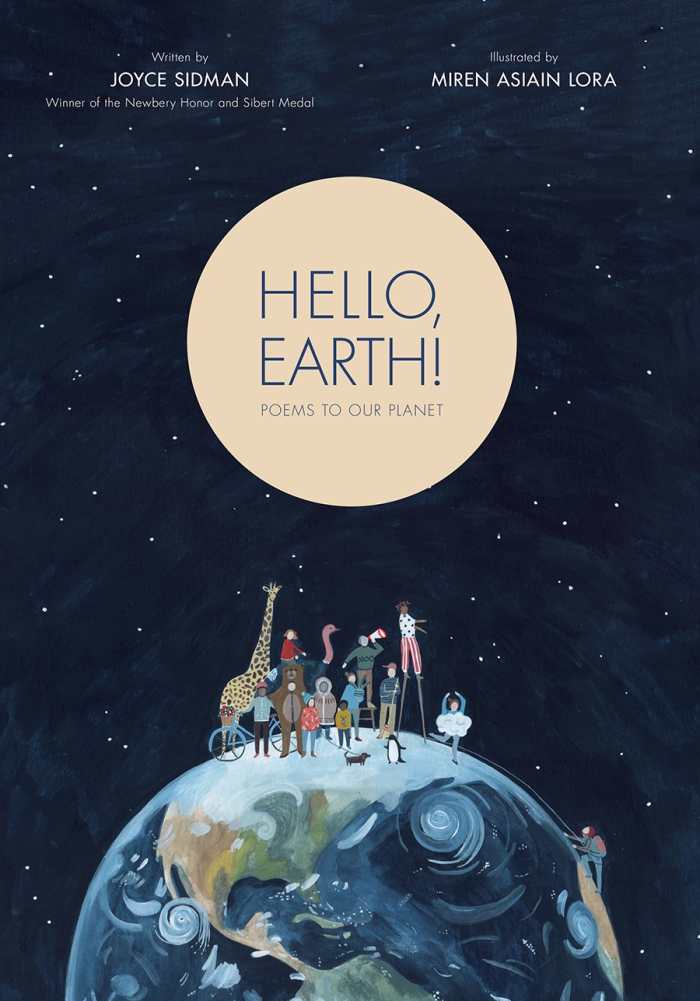
Joyce Sidman
Miren Asiain Lora, illustrator
Eerdmans Books for Young Readers
Hardcover $18.99 (68pp)
978-0-8028-5528-2
Buy: Local Bookstore (Bookshop), Amazon
The free verse micropoems of Joyce Sidman’s new collection praise the blue planet for its geography, geology, and diversity, congratulating Earth for the cleverness of her ecosystems and wondering “What is it like / to feel / the cool sweep / of the moon?” Beautiful illustrations feature tiny humans against broad celestial and earthbound landscapes; in them, dinosaurs roam, a boy holds up the moon, and a hot air balloon circles in space, a piquing reminder that we all share this one great, interconnected place.
MICHELLE ANNE SCHINGLER (December 27, 2020)
No Planet B
A Teen Vogue Guide to the Climate Crisis
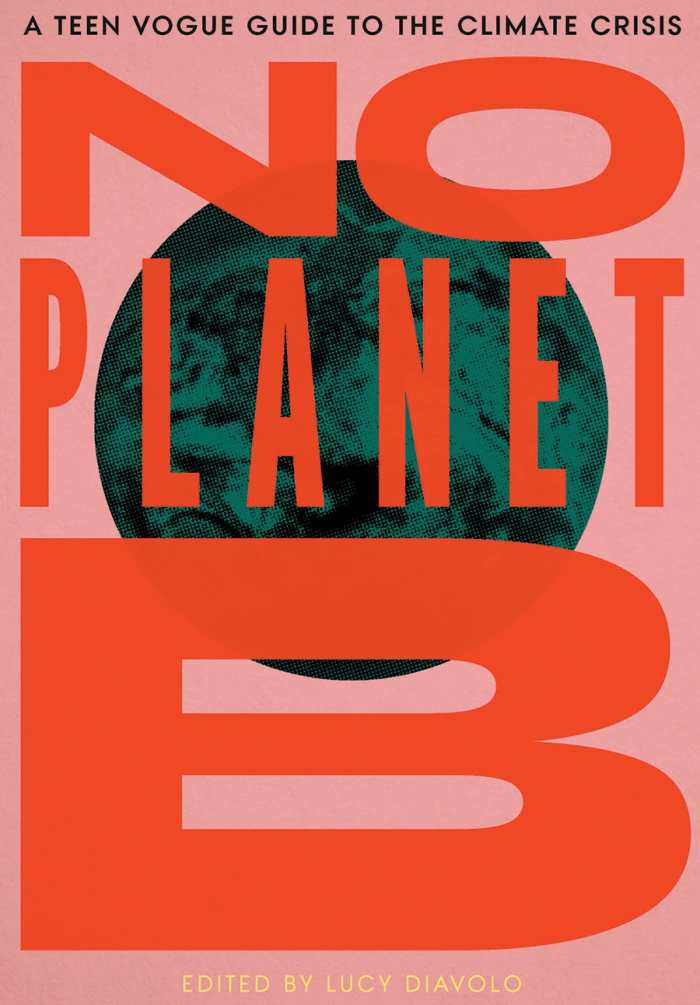
Lucy Diavolo, editor
Haymarket Books
Softcover $15.95 (200pp)
978-1-64259-259-7
Buy: Local Bookstore (Bookshop), Amazon
If you haven’t read Teen Vogue lately, you might be surprised to learn that pieces about climate change are among its fashion and pop culture pages. Editor Lucy Diavolo collects thirty-one of these impassioned articles and interviews with young activists in No Planet B. The anthology articulates issues of environmental and social justice and demonstrates the increasing strength of youth-led climate change movements.
The first section covers the evidence and implications of climate change, like the Great Pacific Garbage Patch and how Indigenous communities and animals are coping in the melting Arctic. The writing is punchy, opinionated, and clear. Case studies, as with Ruth Hopkins’s report from the Lakota Sioux reservations in South Dakota, relay how damaging longer wildfire seasons and intensified snow seasons are on vulnerable, isolated populations.
Profiles of young climate activists and their work include “shy and serious” Greta Thunberg, who’s “famous for being ruthlessly frank with the global elite,” and Kentuckian Destine Grigsby, who has led Green New Deal protests at Senator Mitch McConnell’s offices. Other teenagers are seen filing lawsuits, organizing strikes, pressuring schools and corporations, and using social media and their growing demographic and economic powers for change.
The links between climate change and “class, race, and colonization” are highlighted in strong pieces describing environmental effects on marginalized people in Puerto Rico, Malawi, Southeast Asia, and the remote Inuit community of Nain. Kareeda Kabir’s poignant description of how climate change is causing malnutrition and erasing gains in the educational and economic status of Bangladeshi women is particularly wrenching.
Generation Z was “born into catastrophe,” inheriting a degraded planet that’s endangered by climate change, where poor and marginalized people bear the worst effects. The energy and steely-eyed determination of their activism, as documented in No Planet B, is a source of hope for the future of Planet A.
RACHEL JAGARESKI (December 27, 2020)
The Franklin Avenue Rookery for Wayward Babies
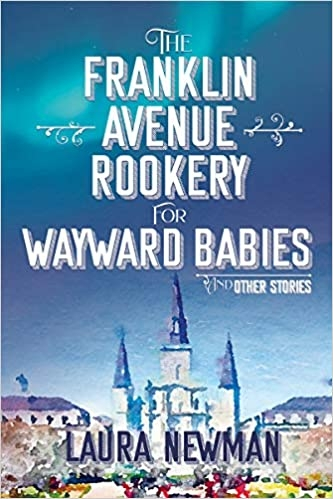
Laura Newman
Delphinium Books
Hardcover $26.00 (240pp)
978-1-883285-96-8
Buy: Local Bookstore (Bookshop), Amazon
Laura Newman’s short story collection The Franklin Avenue Rookery for Wayward Babies features complex plots, covers considerable time and geographical space, and includes deep characters and relationships. Authentic historical, sociological, and environmental context is also provided, so that the stories themselves become like sagas.
While the bait differs from one narrative to the next, no moments are wasted before individual tales cast their lines, set their hooks, and reel in captive audiences. The first story’s rod dangles a question from the title: “Can a starving girl ride her bicycle 400 miles to Kathmandu, fortified with a stolen wheel of yak cheese and a side of ham?” The second’s lure resides within the mind of the first character to appear on the scene. Despite the fiasco resulting from her foiled attempt to pack her bathing suit with her ex-husband’s ashes so she can swim them to their final resting place in the middle of Lake Tahoe, she finds solace from having saved a piece of him: one of his arms. The one with the hooked hand and tattoos.
Tragicomic story lines are swift as they travel across time and space, all while employing an oddball assortment of disparate narrators. Whether they are living, dead, human, or not, each characters’ speaking style and perceptions are unique, true to their experiences of life and death.
Throughout the brutally uncertain, yet comically preposterous times depicted in the short stories of The Franklin Avenue Rookery for Wayward Babies, a common theme prevails: it matters not whether lost and lonely souls are too broken to heal themselves; through recognizing the lost, lonely, and broken in each other, none need ever be lonely again.
LINDA THORLAKSON (December 27, 2020)
Barbara Hodge
